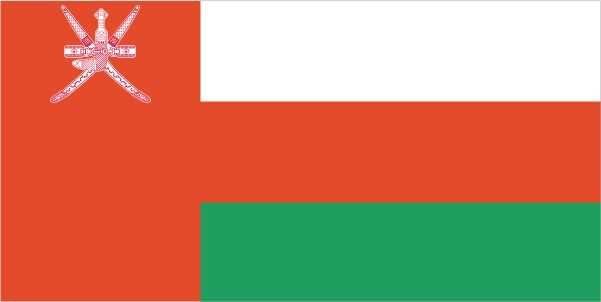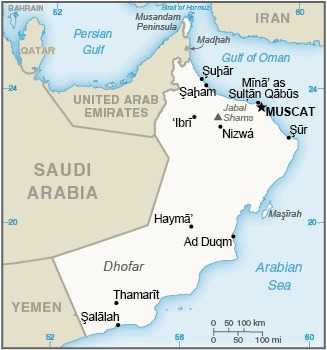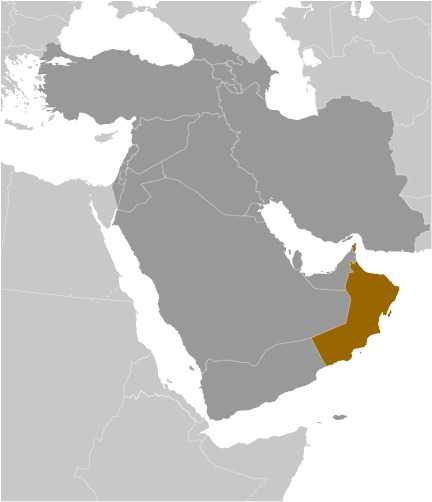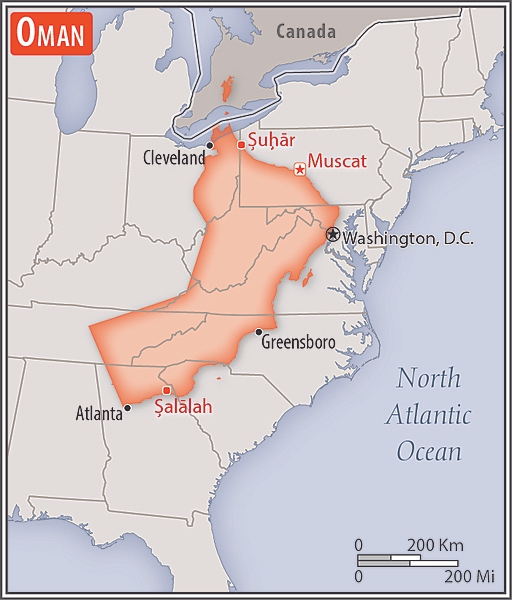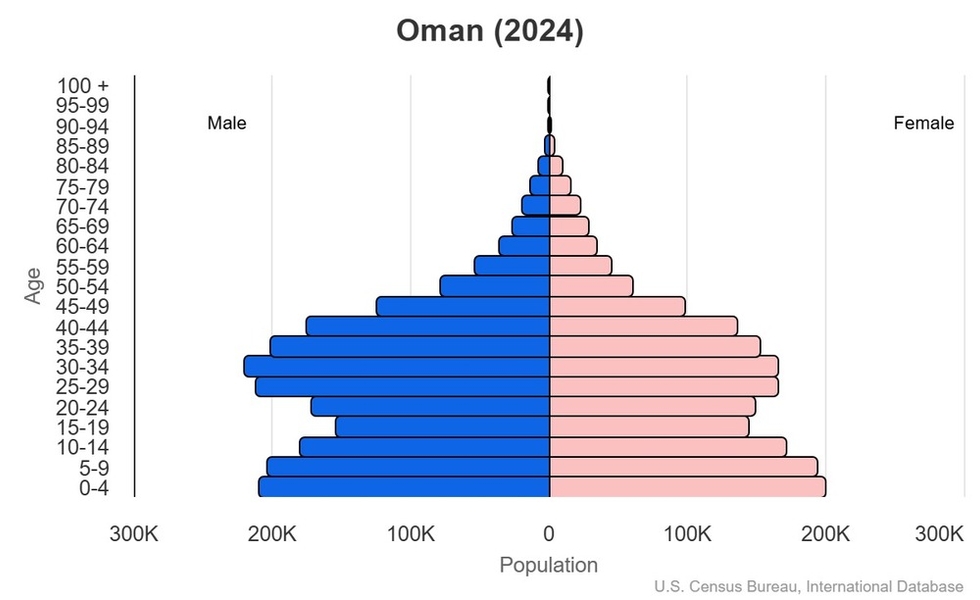Introduction
Visit the Definitions and Notes page to view a description of each topic.
Geography
People and Society
Population
comparison rankings: total 130; male 128; female 132
Languages
Median age
comparison ranking: total 159
Population growth rate
comparison ranking: 52
Birth rate
comparison ranking: 62
Death rate
comparison ranking: 224
Net migration rate
comparison ranking: 121
Maternal mortality ratio
comparison ranking: 142
Infant mortality rate
comparison ranking: total 100
Life expectancy at birth
comparison ranking: total population 91
Total fertility rate
comparison ranking: 64
Obesity - adult prevalence rate
comparison ranking: 39
Alcohol consumption per capita
comparison ranking: total 164
Tobacco use
comparison ranking: total 117
Children under the age of 5 years underweight
comparison ranking: 45
Education expenditure
comparison ranking: Education expenditure (% GDP) 89
Environment
Carbon dioxide emissions
comparison ranking: total emissions 45
Government
Economy
Real GDP (purchasing power parity)
comparison ranking: 77
Real GDP growth rate
comparison ranking: 157
Real GDP per capita
comparison ranking: 63
Inflation rate (consumer prices)
comparison ranking: 22
GDP - composition, by sector of origin
comparison rankings: agriculture 140; industry 6; services 165
Industrial production growth rate
comparison ranking: 132
Labor force
comparison ranking: 118
Unemployment rate
comparison ranking: 47
Youth unemployment rate (ages 15-24)
comparison ranking: total 89
Public debt
comparison ranking: 114
Current account balance
comparison ranking: 41
Reserves of foreign exchange and gold
comparison ranking: 65
Energy
Electricity
comparison rankings: installed generating capacity 63; consumption 59; transmission/distribution losses 157
Energy consumption per capita
comparison ranking: 9
Communications
Telephones - fixed lines
comparison ranking: total subscriptions 87
Telephones - mobile cellular
comparison ranking: total subscriptions 115
Broadband - fixed subscriptions
comparison ranking: total 92
Transportation
Merchant marine
comparison ranking: total 117

